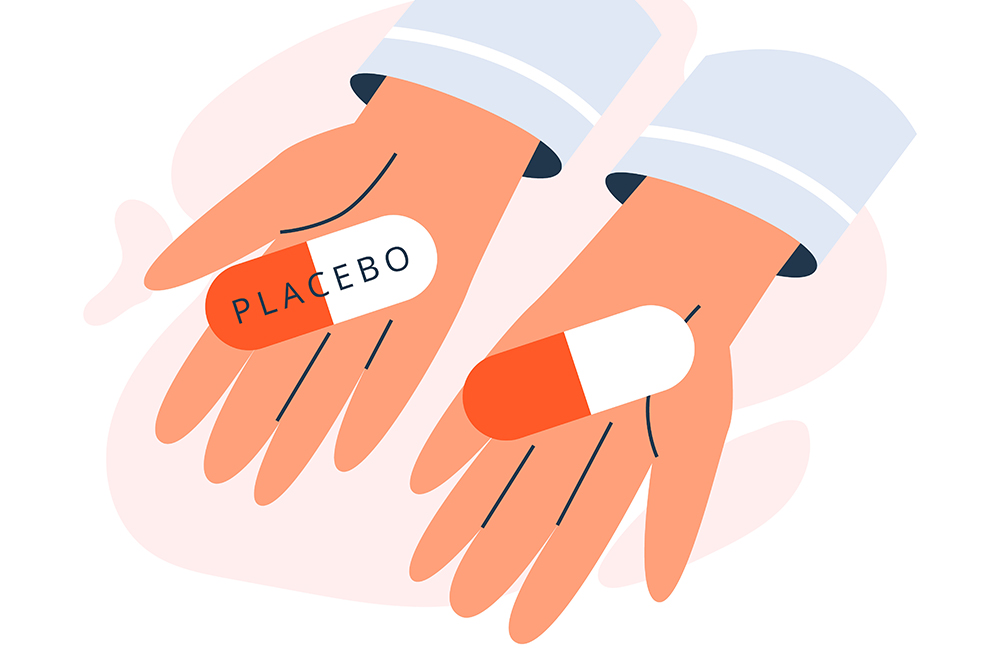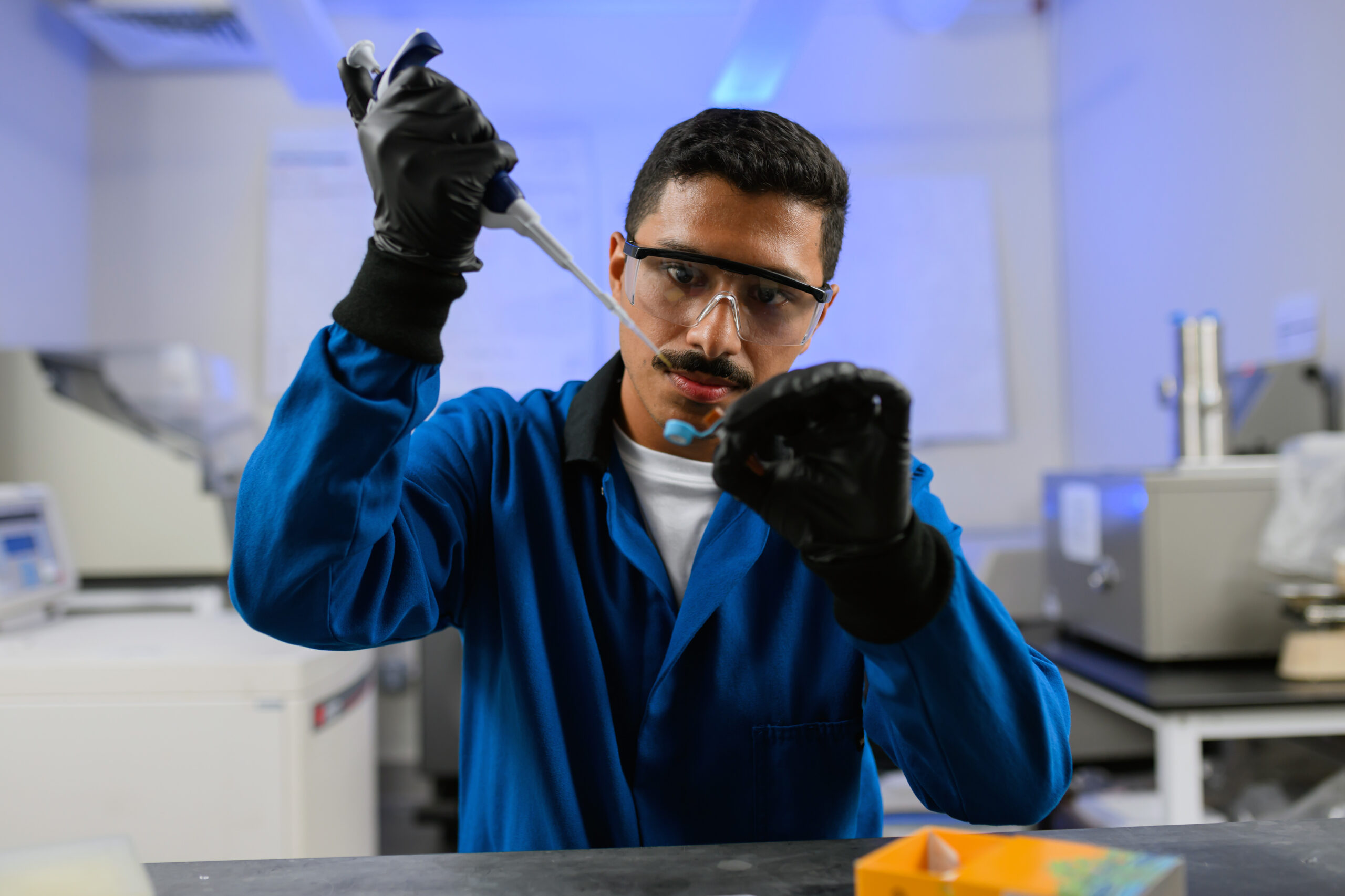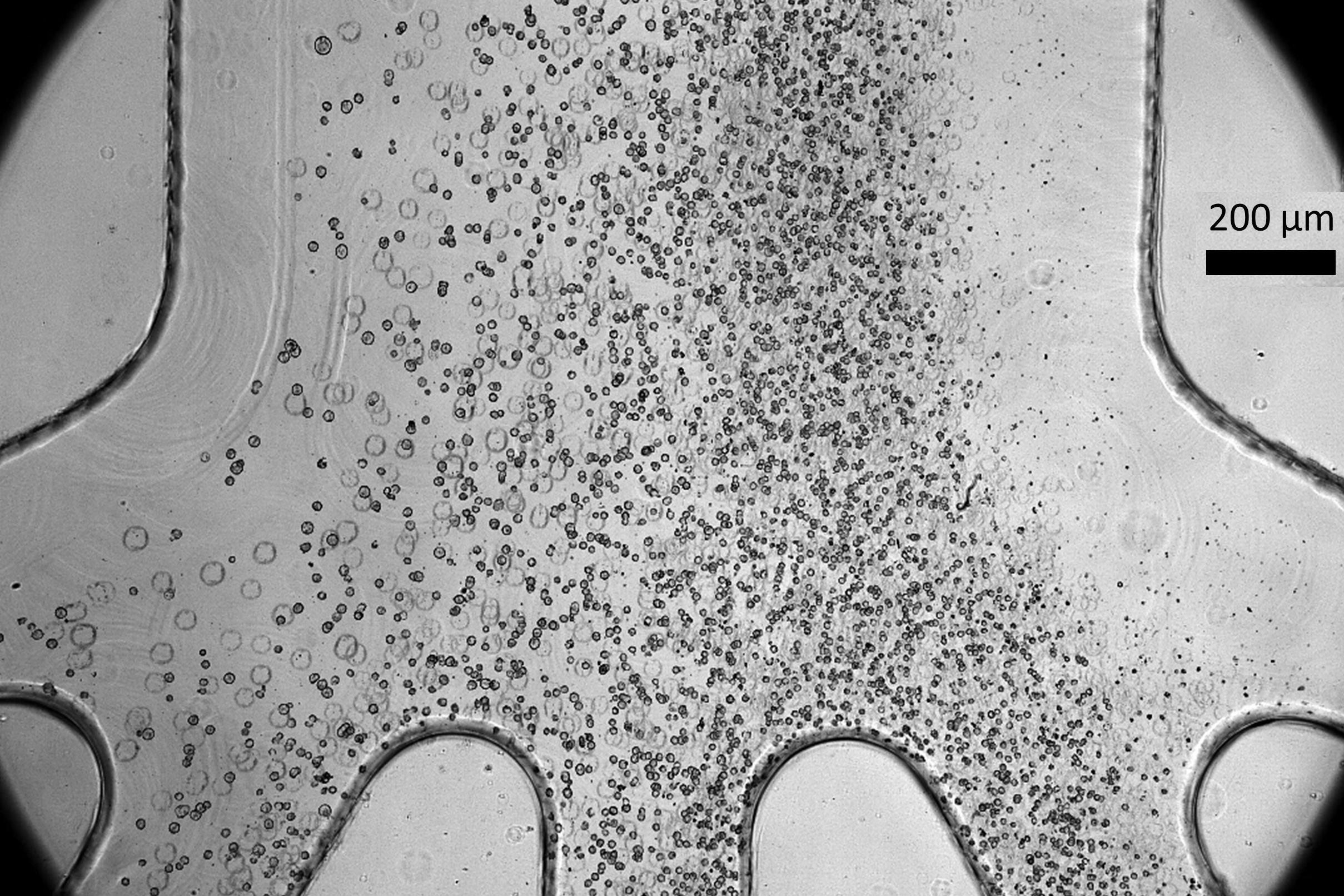Placebos, often regarded as inactive treatments, typically aren’t expected to influence biological processes or significantly improve a patient’s health. However, many patients report a surprising sense of relief after receiving a placebo. Recognizing this phenomenon, healthcare professionals and researchers are starting to see the potential of placebos as therapeutic tools rather than mere illusions.
To unlock the full potential of the placebo effect and devise effective treatment strategies, scientists require a deeper understanding of its underlying mechanisms. A groundbreaking study from researchers at the McGovern Institute at MIT has introduced a new animal model that enables the exploration of the neural pathways responsible for the pain relief associated with placebos.
“The interaction between the brain and body holds significant promise, even though we haven’t fully deciphered it,” explains Fan Wang, an esteemed MIT professor of brain and cognitive sciences and a key researcher at the McGovern Institute. “There is a pressing need to delve deeper into the placebo effect, especially concerning pain and other conditions. With this robust model, we can investigate the neural circuits involved.”
The Context-Dependent Placebo Effect
In a recent study published in the September 5, 2024 issue of Current Biology, Wang and her team demonstrated how strong placebo-induced pain relief can be achieved in mice by activating pain-relief neurons within specific environmental contexts. This method teaches the mice to associate the context with decreased pain perception, resulting in pain relief simply from their presence in that environment. Their research, supported by the National Institutes of Health and other entities, emphasizes that this context-dependent placebo effect is effective for both acute and chronic pain relief.
The context in which a placebo is administered is crucial for its efficacy. While patients may experience relief from taking an inactive pill, the overall environment — including their interaction with healthcare providers or the hospital setting — contributes significantly to their expectations and perceptions of care, enhancing the likelihood of a placebo effect.
MIT postdoctoral researchers Bin Chen and Nitsan Goldstein created a distinct environment, referred to as the “pain-relief box,” using specific visual and tactile cues. Within this setting, they activated pain-suppressing neurons, previously identified by Wang’s team, located in the central amygdala, a brain region involved in emotional processing. By utilizing light-sensitive technology, they were able to control the pain response within this specially designed box, effectively demonstrating that even without direct neuronal activation, merely being in the pain-relief box resulted in reduced pain perception.
Addressing Acute and Chronic Pain
Researchers have observed placebo responses in animals using drug treatments, such as morphine, to induce pain relief and contextual associations. Although this method may effectively establish expectations for acute pain relief, its impact is typically short-lived and less effective for chronic pain conditions. Wang, Chen, and Goldstein’s team found that their innovative placebo approach successfully alleviated both acute and chronic pain, marking a significant advancement in the field.
In their experiments, mice suffering from chemotherapy-induced hypersensitivity to touch developed a notable preference for the pain-relief box, just like those exposed to a chemical inducing acute pain. Once placed in this environment, their heightened sensitivity to pain was virtually eliminated, and they demonstrated resilience to painful stimuli akin to their pre-chemotherapy state.
A surprising revelation from this research was the behavior of the pain-suppressing neurons in the central amygdala. The team anticipated that these neurons would reactivate when the mice returned to the pain-relief box. Instead, the neurons remained inactive post-conditioning, yet the mice experienced no pain — suggesting that the memories of relief were stored elsewhere in the brain. “This indicates the existence of a different neural circuit activated by pain-relief-related environments,” Wang states, highlighting the need for further investigation into these pathways. Understanding these mechanisms may allow healthcare providers to harness the placebo effect, both independently and in conjunction with existing treatments, to enhance pain management strategies for patients in the future.
Photo credit & article inspired by: Massachusetts Institute of Technology



